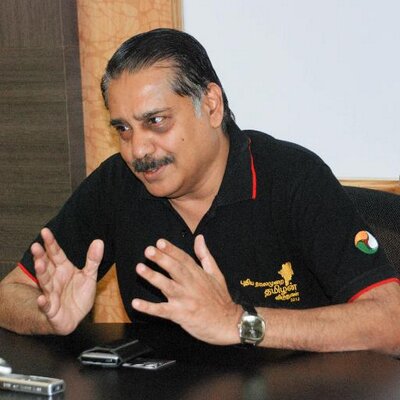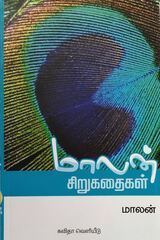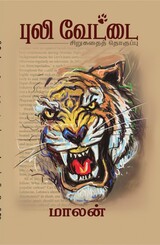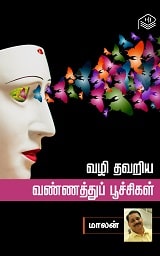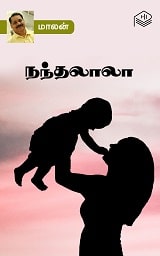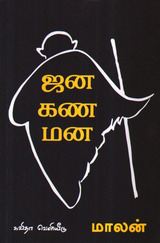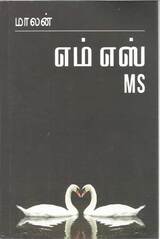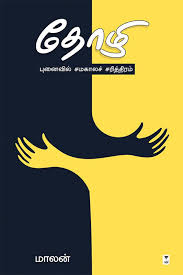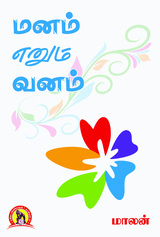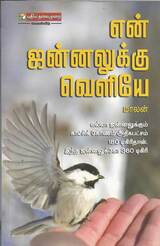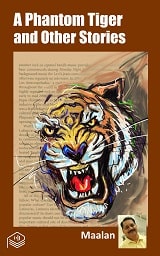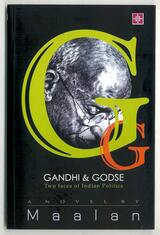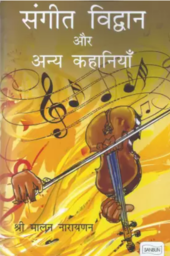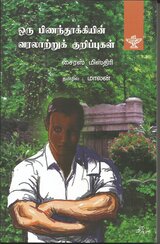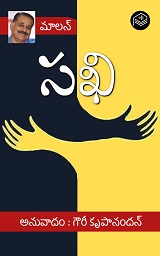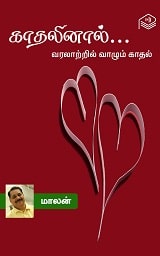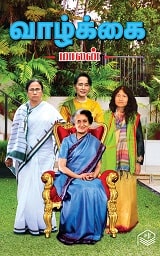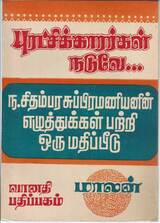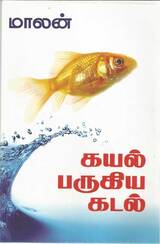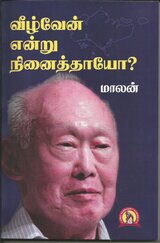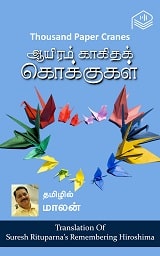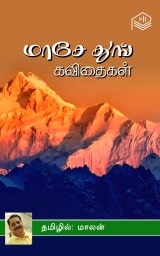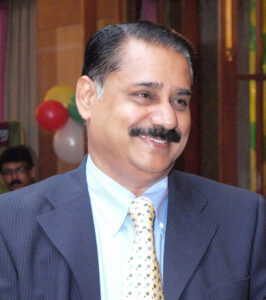I come from a country that writes in 24 languages and speaks hundreds of dialects. Among these 24 languages, five are classical languages, which means that they are in existence for over 2000 years. They are diverse in their scripts and accents. Literature is the cultural communication between us. We understand each other’s emotions, respect values and exchange ideas through translations.
Literature is the music of the heart. And translations are the magic of the mind. We are experiencing this every day in our life, particularly when you travel from place to place.
Silk Road to India is as ancient as my language Tamil. In the second century, Chola Empire was spread over the most part of southern India and Sri Lanka (Ceylon) and had territorial authority in Indonesia (Sri Vijaya). Cholas controlled the Maritime Silk route in the Malacca and Sunda Strait. Their conquest of Indonesia and Malaya is described in medieval Malay chronicle Sejarah Melaya. They brought the Straits under their control to enhance their trade with China. Chinese Song Dynasty reports record that an embassy from Chola king Kulothunga reached the Chinese court in the year 1077 CE. This embassy was a trading venture and they returned with 81,800 strings of copper coins in return of spices.
But Silk Route’s greatest contribution to world history was not mere trading of few commodities but the exchange of ideas, art and science between Asia, Europe and Africa. It was the world’s first information superhighway. Buddhism from India reached out to the world through the Silk Route. Chinese travellers like Fa Hein (Faxian), Hiuen Tsang (Xuanxang) and others visited India through these ancient routes and Marco Polo witnessed the grandeur of the Chinese civilization while travelling through the silk route. The Arabs took the knowledge of mathematics and medicine from India and China and worked on it to bring up new sciences like Algebra, which were adopted by Europe in due course. World population for the first time started exchanging ideas on a scale that was unheard of. The habits, cultures and livelihoods of the world population were influenced by knowledge and ideas brought from different lands.
Literature is the rhythm of the livelihood and the repository of the culture. Maritime Silk Route offers us an opportunity to revive and revitalize our cultural communication that is literature. Nurturing literature is nurturing culture. When cultures are sustained it ensures the positive growth of humankind.
Multilateral exchange of literature between the countries in the Maritime Silk route will not only pave way to better understanding of these countries but will also inspire the people in the region. I would like to recall here how the lines and life of a female revolutionary Chinese poet Qiu Jin of Zhejiang, inspired the women living 3000 miles away at Puducherry in Southern India. The great National Poet of India, Subramania Bharathi, translated the biographical sketch of Qiu Jin appeared in the journal, Asiatic Review, in Tamil in May 1918. He describes her life right from her birth at Xiamen, Fujian, her unhappy marriage, her journey to Japan, her association with Sun Yat Sen, her associations with revolutionary societies to over throw Quing dynasty, her journals, her eloquence, and finally her execution at the age of 31.He has even translated one of her speech and a poem.
All these were used to educate women in India on their rights and to motivate them to seek their rights. India was in colonial rule then under British. And it may be remembered that this translation was done 100 years ago, in 1918, when the communication was a challenging task!
But to those who know Bharathi, it wouldn’t be a surprise that he choose Qui Jin’s poems as he himself was a crusader of women’s rights. But it was indeed a pleasant surprise for us when Taiwanese poet Yu Hsi came forwarded to translate selected poems of Bharathi into Mandarin.
Dr.Yu has also translated Thirukural which is a classic Tamil text consisting of 1330 couplets that emphasise universal brotherhood, truth and other moral values. It is one of the most important works of Tamil language by a saint-poet Thiruvalluvar.
“I acknowledge the Tirukkural as a universal scripture for there is no specific reference to any particular race, religion, country or rule,” said Yu Hsi when he was presented an award for his translation.
The first Chinese translation of the Kural text was made by Che’ng Hsi in 1967, published by the Department of Indian Studies, University of Malaya and printed at the Hong Kong University Press.
It may be interesting to know that Thirukural and the Confucian sayings in the classic Lun Yu resemble each other in many ways. Both Thiruvalluvar and Confucius emphasise on the moral conducts of a common person. Similar to Thiruvalluvar, Confucius advocated justice embracing human principles, besides the virtues of benevolence, righteousness, loyalty and trustworthiness as foundations of life.
Shi Jing, an anthology of 305 poems, supposed to have been made by Confucius, which is the earliest extant book available in Chinese literary history is translated into Tamil by an Indian diplomat Sridharan Madhusudhanan. Sridharan says ” There are surprising similarities between the ancient Chinese literature and the Sangam literature of ancient Tamil”
I am glad to share with you that one of my short stories, Thappu Kanakku (wrong math) was translated into Chinese. I have enclosed a copy of it here and hope you will enjoy the story
Hindi is a widely spoken language in India, particularly Northern India. A few classical works of Hindi are translated into Chinese. In January 2016, a Chinese translation of Sursagar, a collection of devotional poems by a 15th-century blind poet Surdas was released at Delhi. The translation was done by an eminent Chinese scholar Prof. Jiang Jingkui. Professor Jiang Jingkui is the Head of the department of Hindi and Director of South Asian Studies at Peking University.
His work marks the beginning of a planned series of translations of both the Chinese and the Indian classics and contemporary works on a reciprocal basis, an initiative that finds its mention in the joint communiqué agreed between China’s Premier Mr Le Keqiang and then Indian Prime Minister Dr Manmohan Singh in New Delhi in May 2013
Subsequent visits by the leaders of both the countries the cultural initiatives have enhanced. Some of the Chinese literature that are chosen for translation into Hindi are : Confucius and Confucian Classics; Xuan Zhang and Journey to the West during Great Tang; Ba Jin and his representative work The Family; Lao She and The Camel Boy; Mao Dun and his Midnight; Selected Works of Guo Moruo; Bing Xin and her representative works; Xu Zhimo and his selected works; Wang Meng and Long Live the Youth; Liu Zhenyu and Looks Beautiful; A Lai and Red Poppies; Ji Xianlin and Sino-Indian Cultural Interaction; and Chen Zhongshi and The White Deer Plain
All these examples indicate two facts:
1. There are many similarities between Indian literature and Chinese literature as they evolve from two ancient cultures which have similarities among them. Hence translation of these literatures is not impossible. All that is needed is initiative and cooperation between the writers of the two countries
2. The success of the Maritime Silk Road initiative depends on dispelling the mistrust between the countries and its people. This can best be achieved by the multilateral exchange of literature between the countries through translations.
I request Guangdong Provincial Writers Association to chalk out a plan to carry forward the translation project between the countries in the Maritime Silk Road. It may be useful to set up a committee with representation from every country to work on the project. I am willing to extend my best support for such an initiative.
I thank the Guangdong Provincial Writers Association and the Information office of Guangzhou Municipal People’s Government for giving me this opportunity to share my views.

